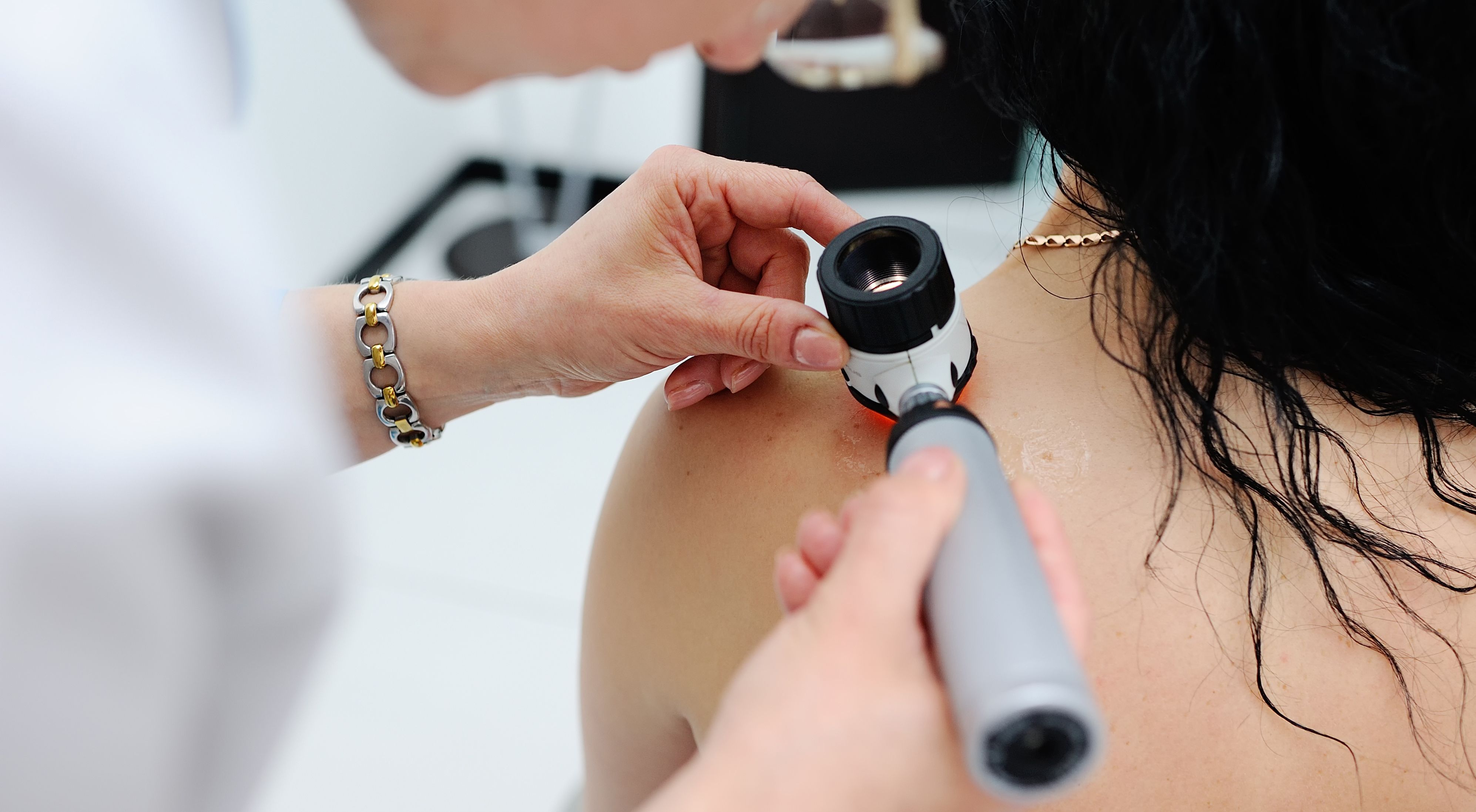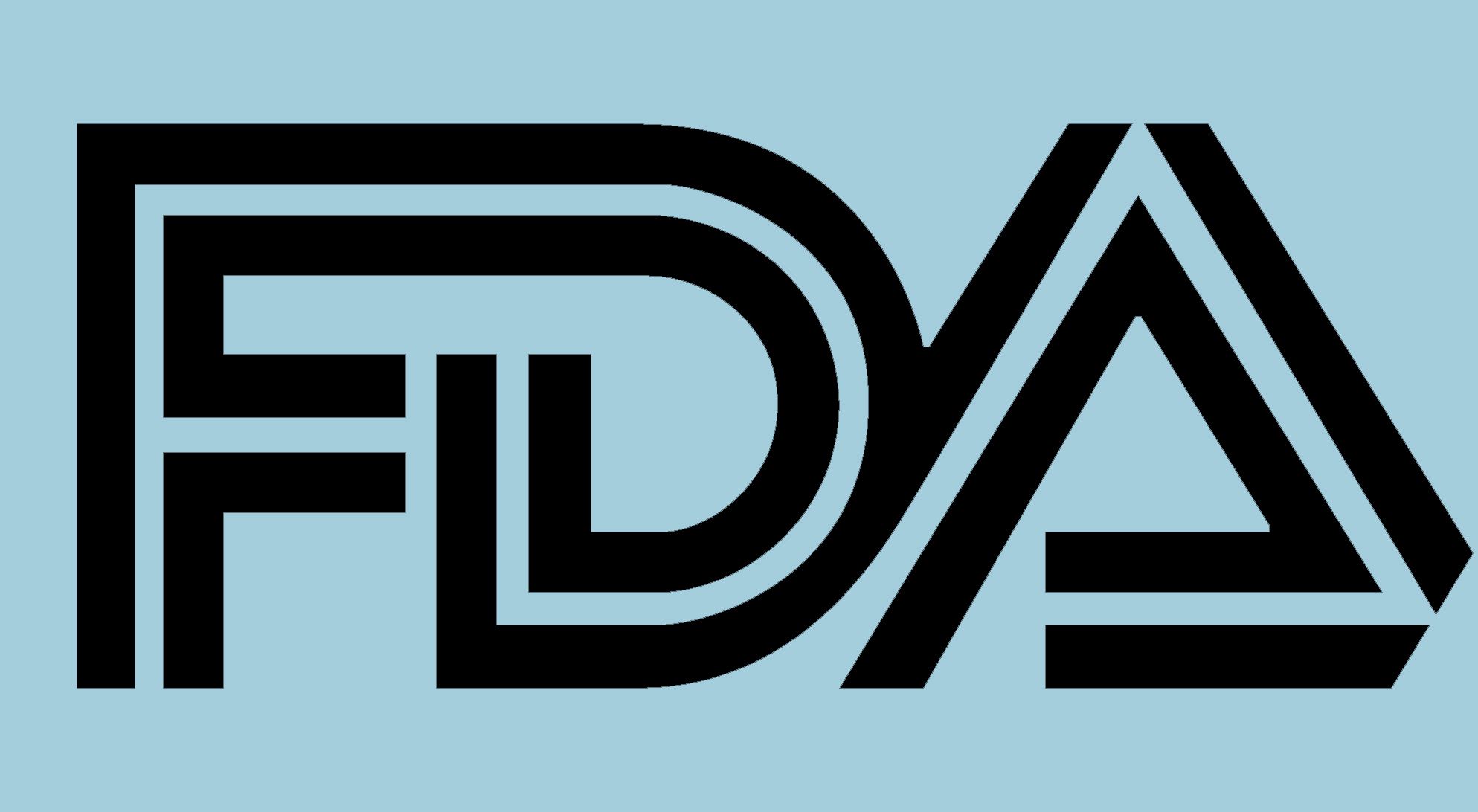Article
FDA Approves Adjuvant Opdivo for Melanoma Treatment
Author(s):
The FDA has approved Opdivo (nivolumab) as an adjuvant treatment for patients with completely resected melanoma with lymph node involvement or metastatic disease, based on findings from the phase 3 CheckMate-238 trial.
The FDA has approved Opdivo (nivolumab) as an adjuvant treatment for patients with completely resected melanoma with lymph node involvement or metastatic disease, based on findings from the phase 3 CheckMate-238 trial.
In the randomized trial, the recurrence-free survival (RFS) rate at 18 months with Opdivo was 66.4 percent compared with 52.7 percent for Yervoy (ipilimumab) in patients with stage 3B/C or stage 4 melanoma after surgery. There was a 35 percent reduction in the risk of recurrence or death with the PD-1 inhibitor versus the CTLA-4 inhibitor.
“Immuno-Oncology has transformed the treatment of metastatic melanoma and many other cancers over the last decade, and we are now extending the use of novel agents to help prevent the recurrence of melanoma,” lead investigator Jeffrey S. Weber, M.D., Ph.D., deputy director of the Laura and Isaac Perlmutter Cancer Center at NYU Langone Health, and Professor of Medicine at NYU School of Medicine, said in a statement. “With its impressive efficacy and broad applicability within stage 3 and 4 melanoma, nivolumab has the potential to become the next standard of care in preventing recurrence of melanoma following surgical resection.”
From March 2015 to November 2015, CheckMate-238 randomized patients aged 15 years or older with stage 3B, 3C or 4 melanoma to either 3 mg/kg of Opdivo every two weeks (453 patients) or 10 mg/kg of Yervoy every three weeks for four doses, then every 12 weeks (453 patients) for one year or until documented disease progression or unacceptable toxicity. The primary endpoint was RFS, defined as the time between randomization and the date of first recurrence or death.
Randomization was stratified according to disease stage (3B or 3C, stage 4 M1a or M1b, or stage 4 M1c) and PD-L1 status (negative or intermediate vs positive) on the basis of a 5 percent cutoff.
In results presented at the 2017 ESMO Congress, patients with PD-L1 expression less than 5 percent had a 12-month RFS rate of 64.3 percent in the Opdivo group and 53.7 percent in the Yervoy group. Among those with PD-L1 expression 5 percent or more, the 12-month RFS rate was 81.9 percent in the Opdivo arm and 73.8 percent in the Yervoy arm.
“Although there are approved therapies to help prevent melanoma recurrence, around seven out of 10 patients with stage III disease do not receive treatment following surgery,” said Valerie Guild, co-founder and president, AIM at Melanoma Foundation. “As an advocate, I have witnessed countless times the frustration and fear patients experience when their cancer returns — even after it was removed by surgery. Today’s approval offers new hope for people with melanoma that their disease may not come back.”
Median RFS had not been reached in patients with stage 3 or stage 4 disease in the Opdivo group. Among the patients with stage 3B or 3C disease, the 12-month RFS rate was 72.3 percent for those assigned to Opdivo and 61.6 percent in the Yervoy group. The twelve-month RFS rate also favored Opdivo among those with stage Yervoy4 disease, at 63.0 percent versus 57.5 percent.
Opdivo was associated with significantly longer RFS, with recurrence or death reported in 32.7 percent of the Opdivo group compared with 44.5 percent in the Yervoy group among those with stage 3B or 3C disease. Among those with stage 4 disease, 33 of 82 patients (40.2 percent) in the Opdivo group experienced recurrence or death versus 43 of 87 patients (49.4 percent) in the Yervoy group.
Nearly 97 percent of the Opdivo group and 98.5 percent of the Yervoy group reported adverse events (AEs) of any cause. Patients in the Yervoy were more likely to experience grade 3/4 treatment-related AEs, at 45.9 percent vs 14.4 percent. The rate of serious AEs of any grade was 17.5 percent in the Opdivo group and 40.4 percent in the Yervoy group.
Fewer than 10 percent of patients assigned to Opdivo (9.7 percent) discontinued the trial due to AEs compared with 42.6 percent of those in the Yervoy group. Grade 3/4 AEs led to such discontinuations in 4.6 percent of Opdivo patients and 30.9 percent Yervoy patients. Investigators determined that AEs related to a trial drug that led to discontinuation were less frequent in the Opdivo group than in the Yervoy group (7.7 percent vs 41.7 percent).
There were two deaths (0.4 percent) in the Yervoy group of marrow aplasia and colitis, both of which occurred more than 100 days after the last dose, and no treatment-related deaths in the Opdivo group.
"When melanoma has been removed surgically, physicians and patients alike sometimes struggle with the idea of further adjuvant treatment because the disease is no longer detectable, even though it may be likely to return," said Weber. "We recognized a need to develop new adjuvant treatments with lower toxicity compared to ipilimumab to help address this challenge."




